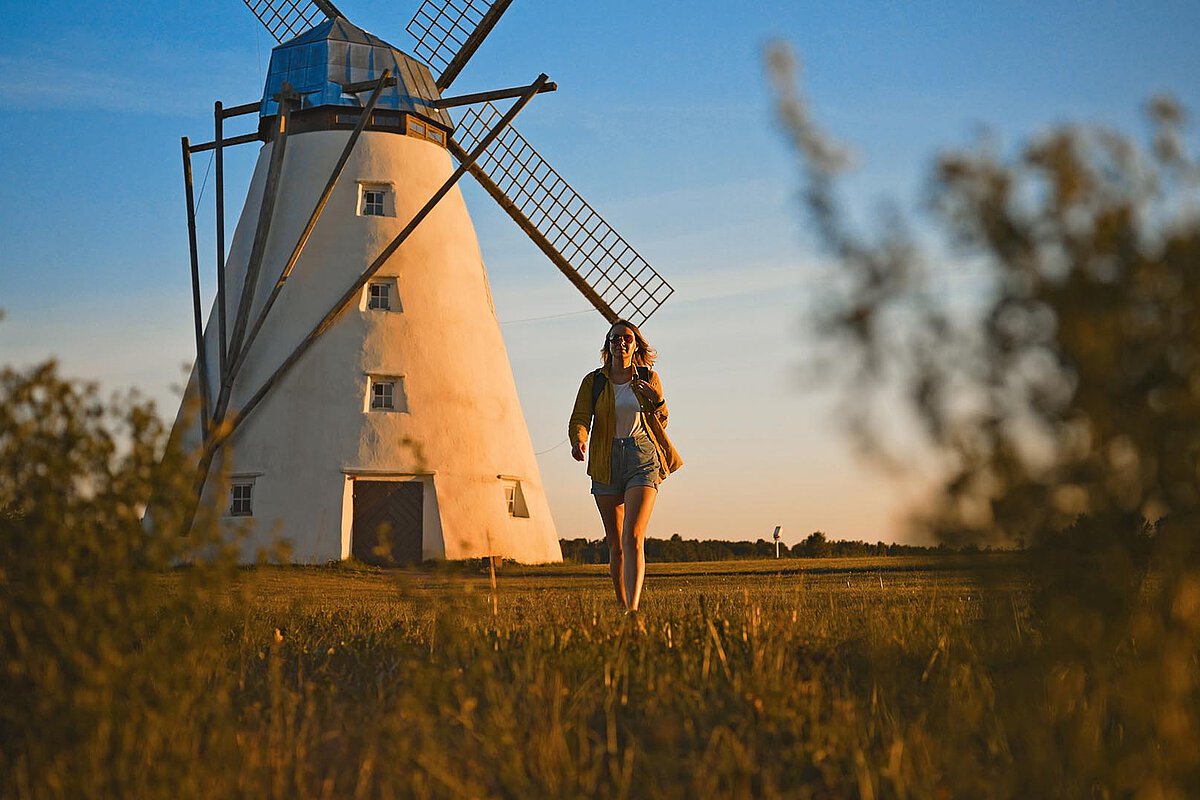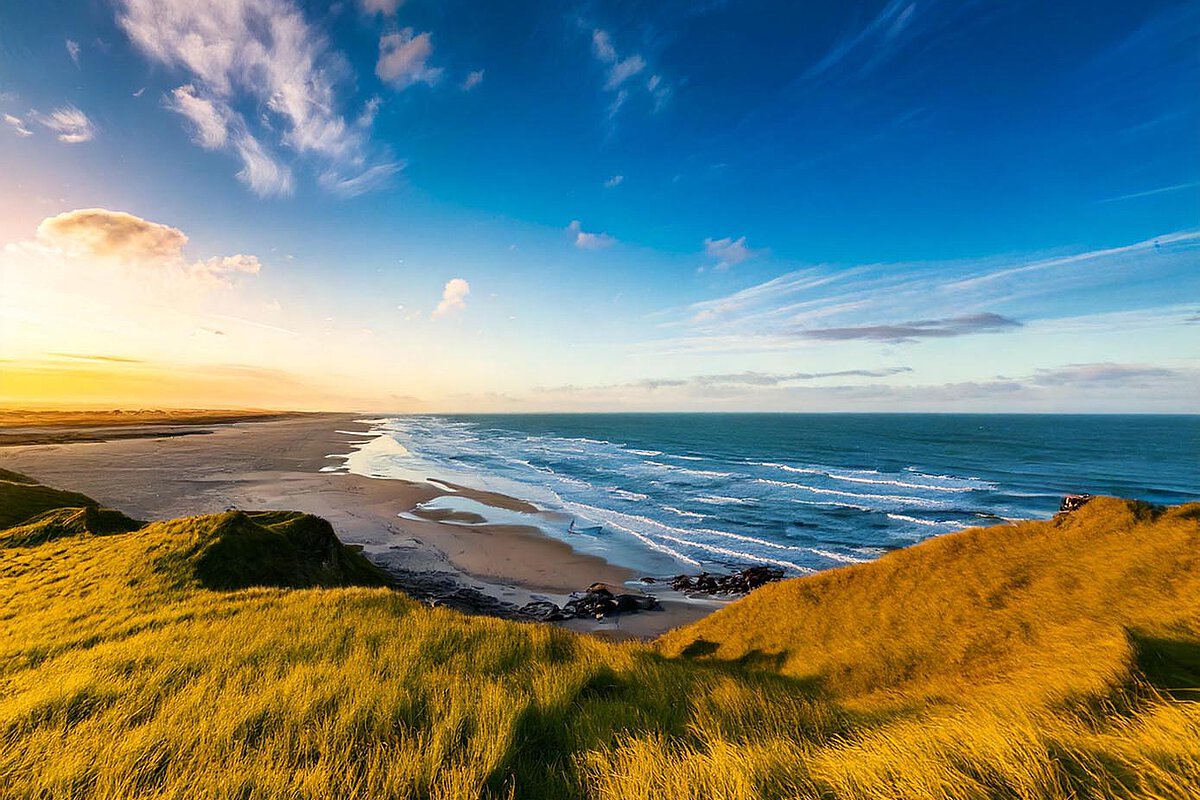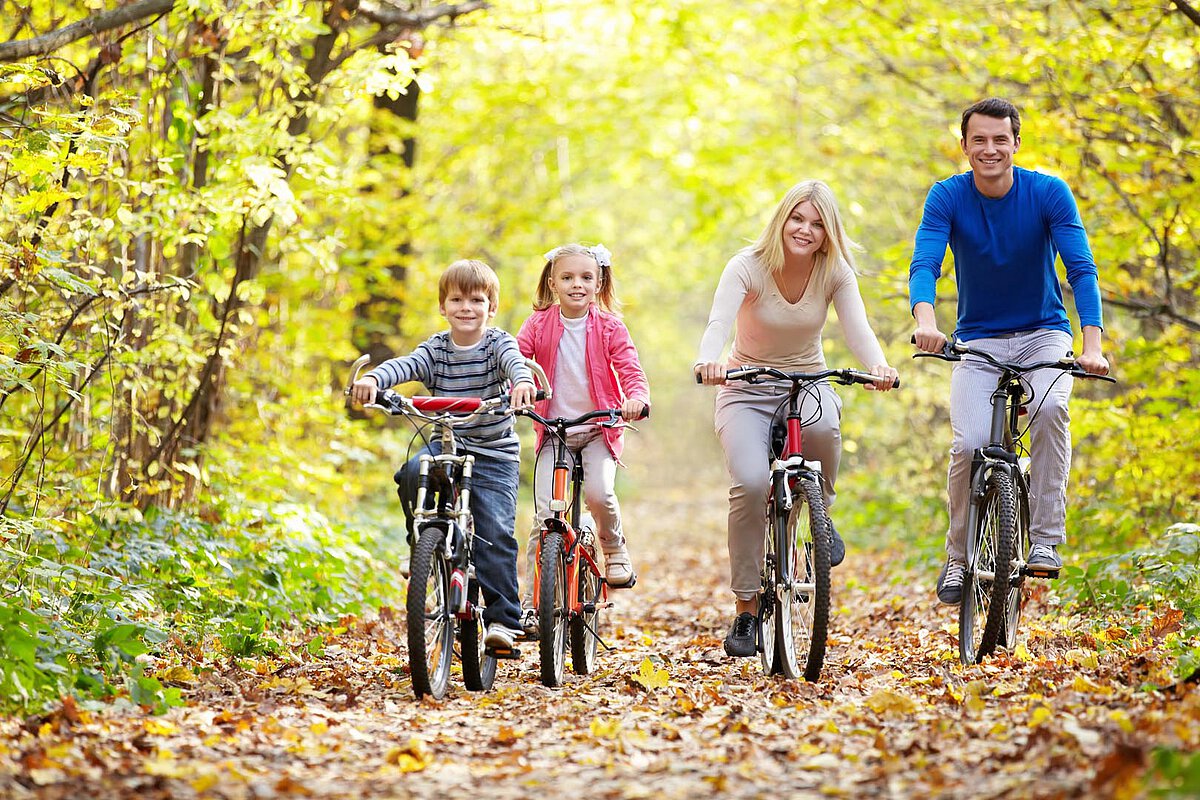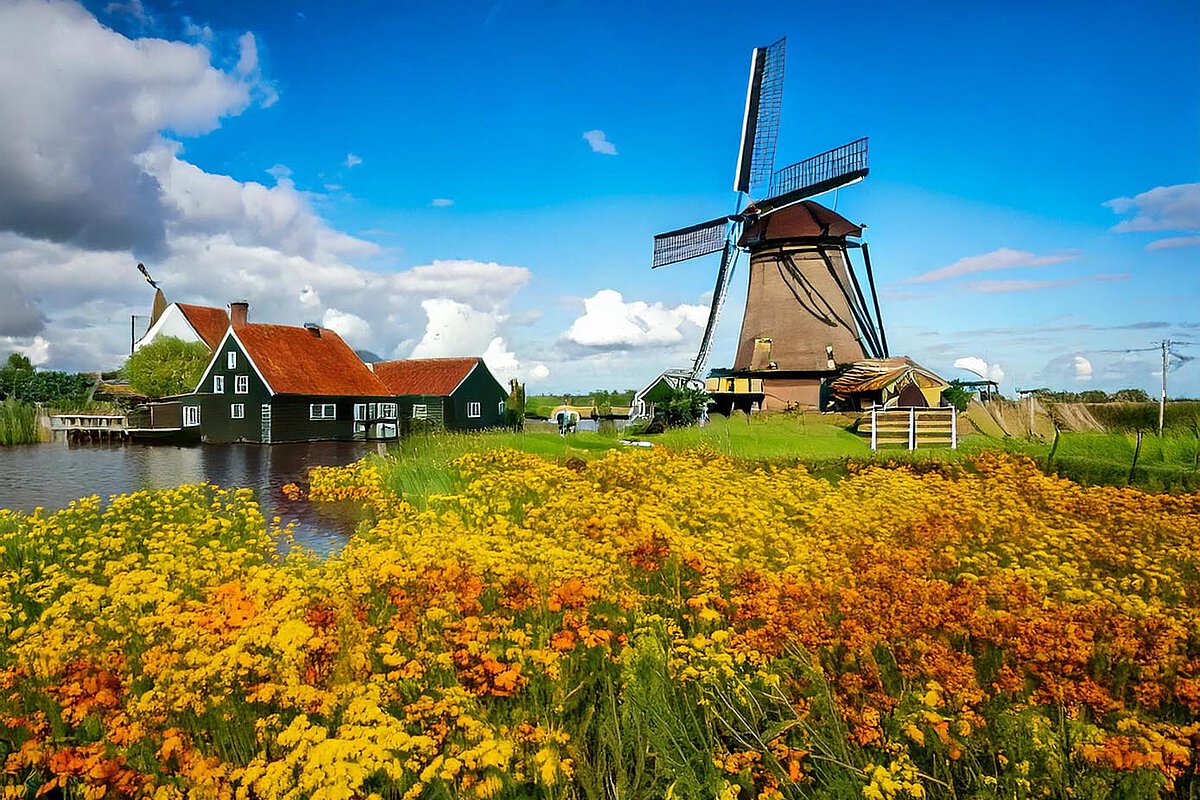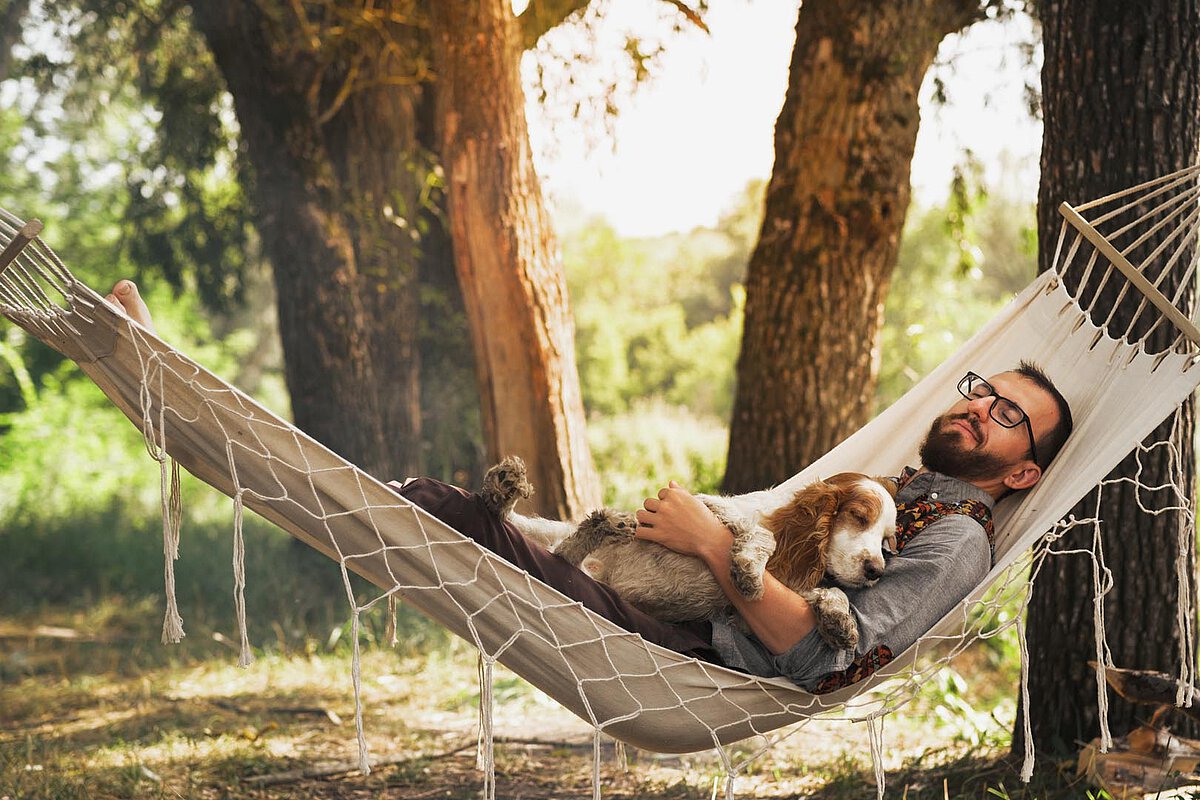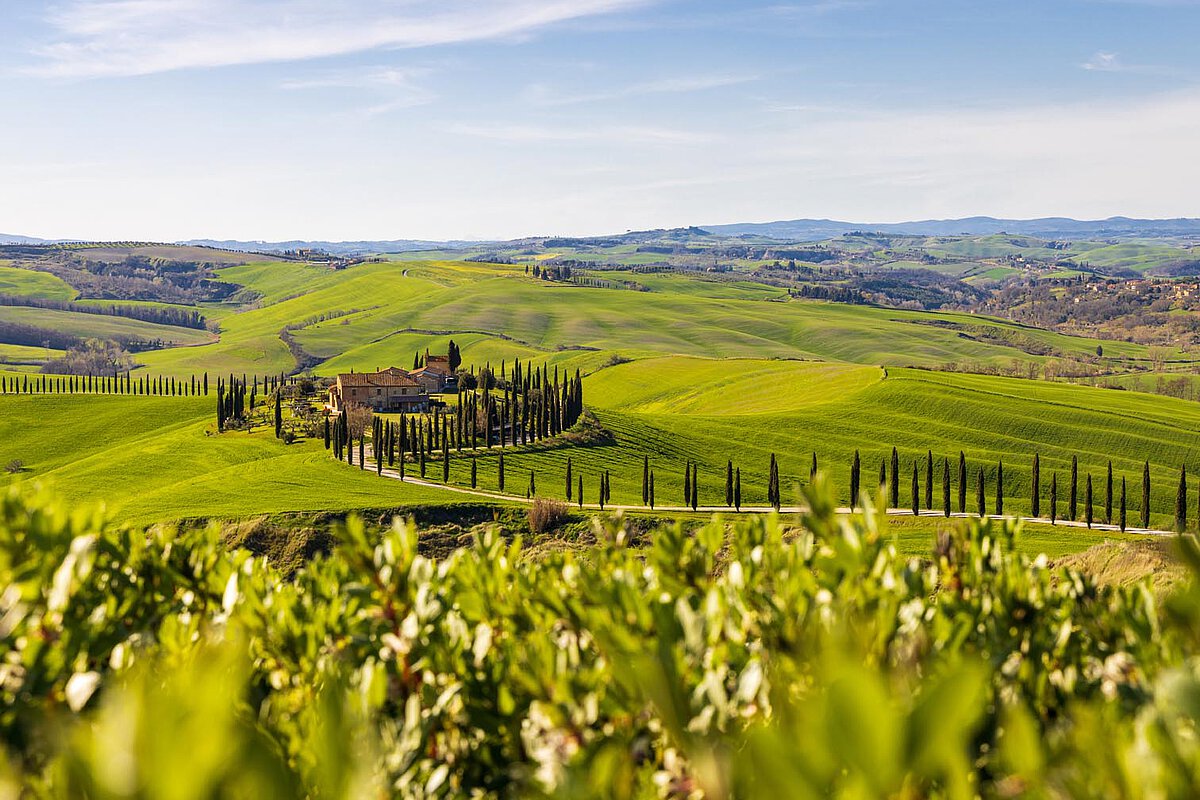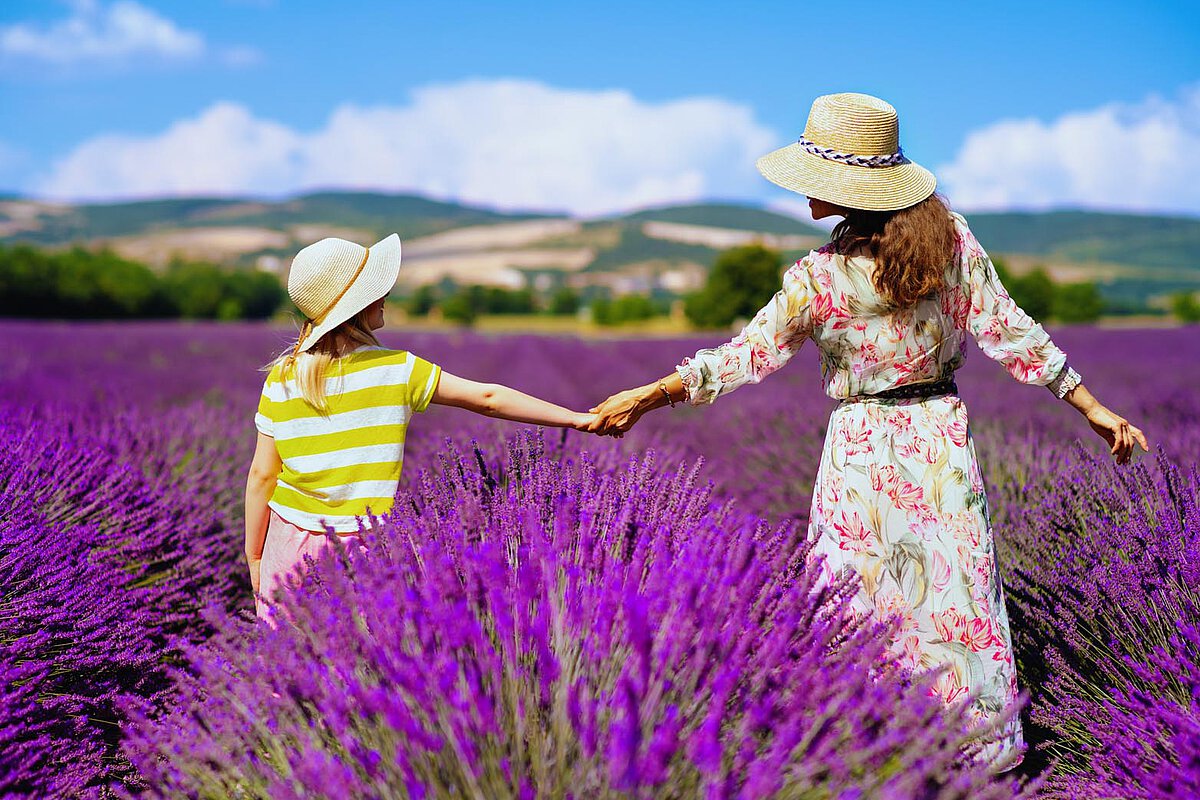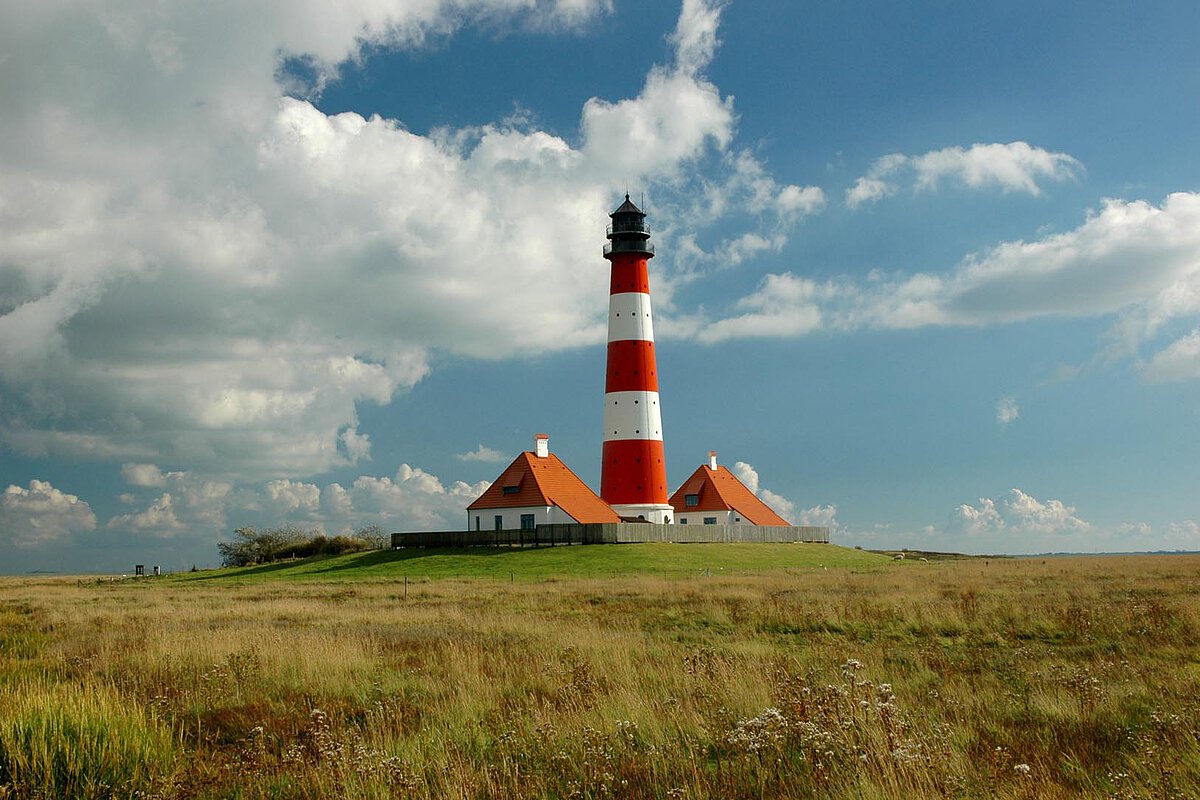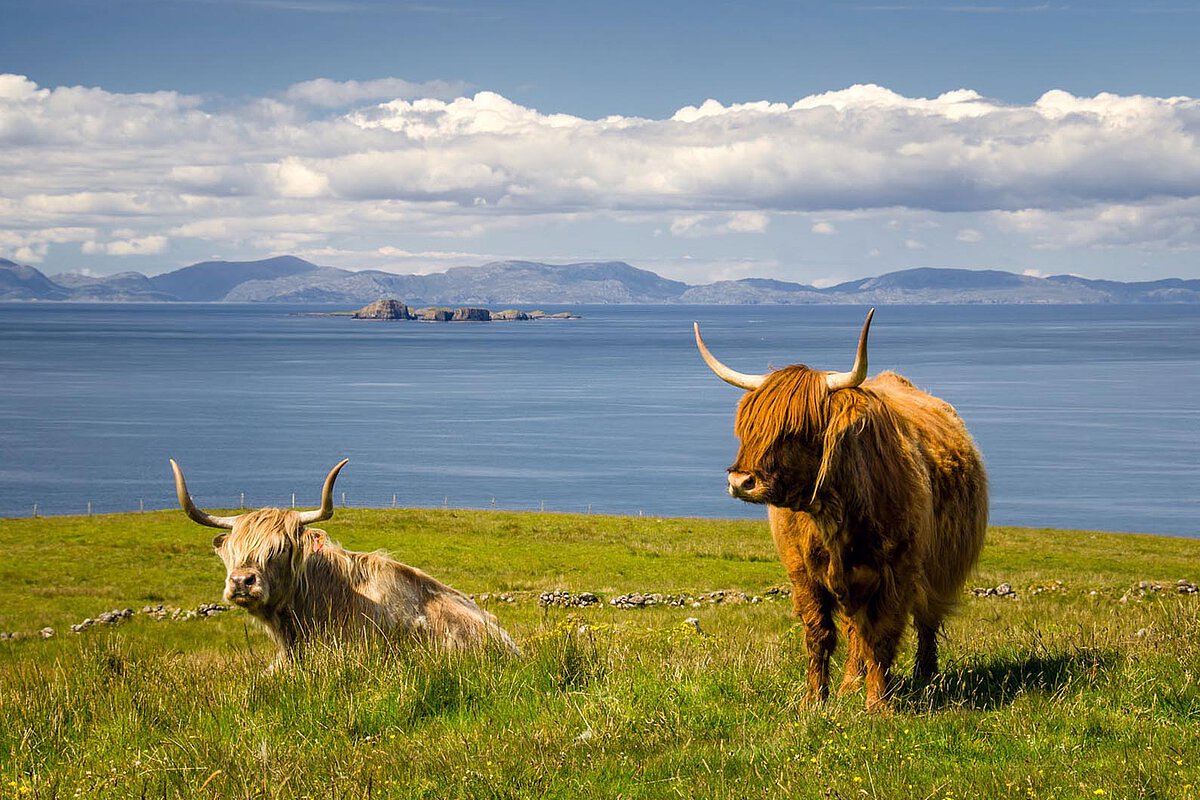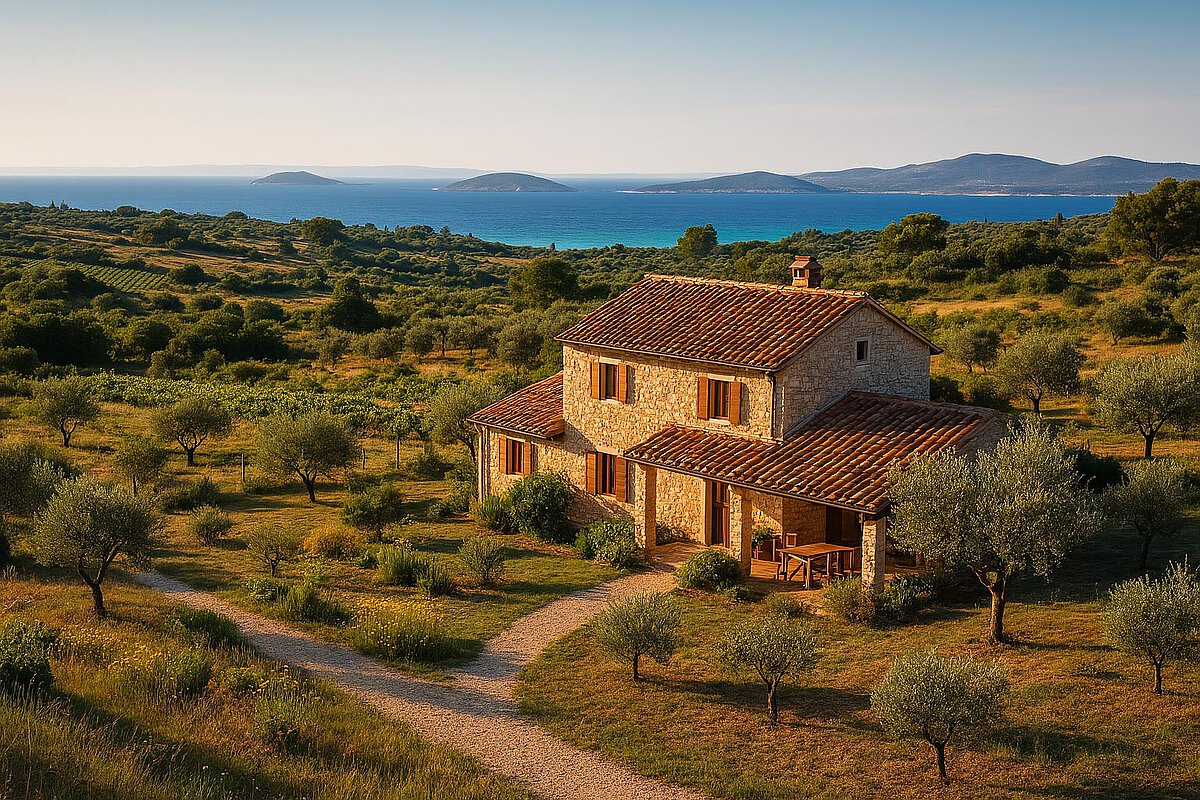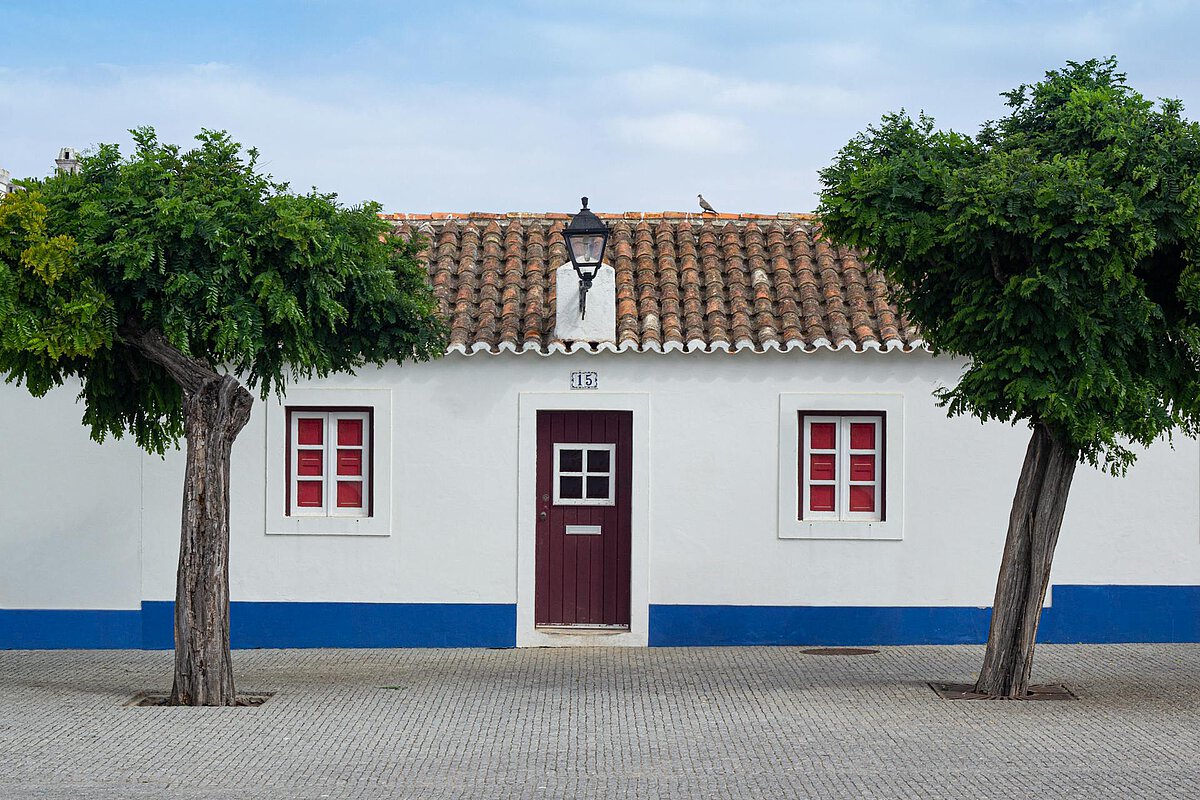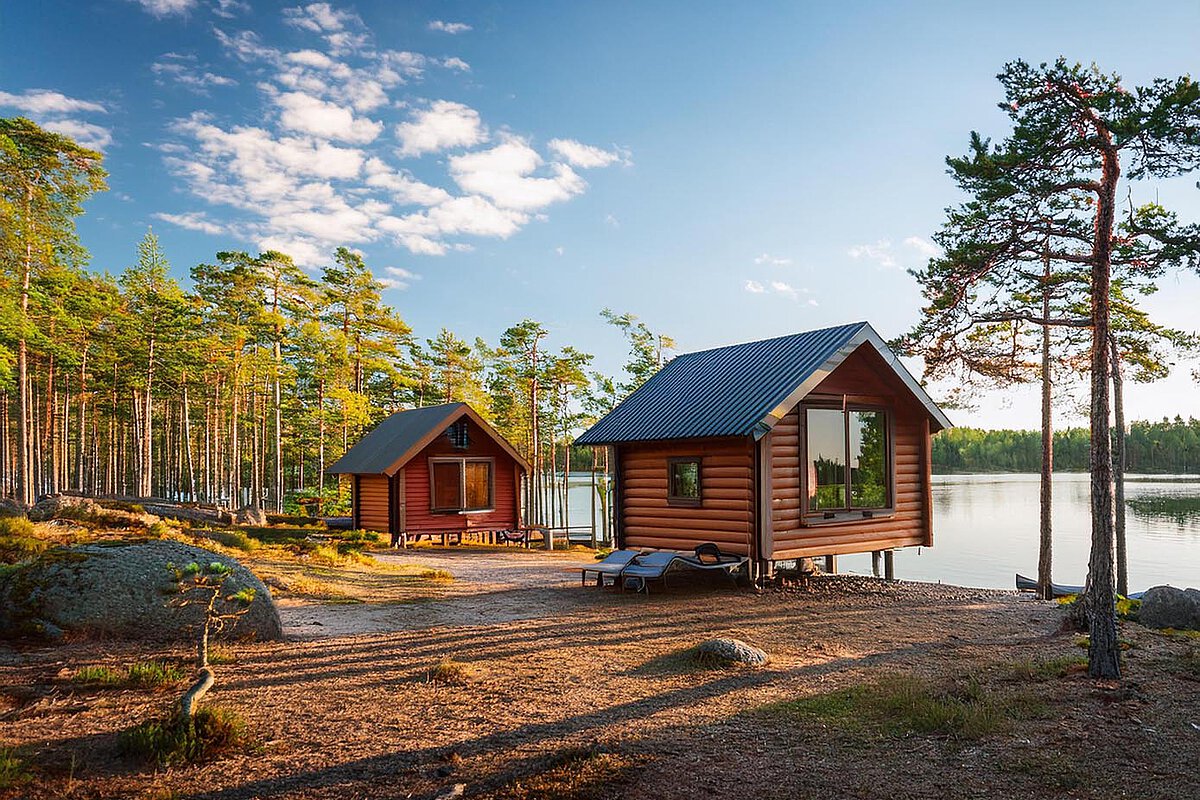Windmills and wonder in the Netherlands
Discover the magic of Netherlands' countryside
Netherland's Most-Loved Rural Regions
Family-Friendly Accommodations
City-Break Escapes
Eco-stays or pet-friendly
Didn’t find what you were looking for?
Discover these countryside gems!
Netherlands - The Land of Tulips, Canals, and Windmills
Located in northwestern Europe, the Netherlands possesses a glorious history, vibrant art and culture, blooming fields, and picturesque windmills. Everyone knows the capital city of Amsterdam, home to numerous canals on the Amstel River and a bustling nightlife scene.
But there's more to this compact, charming nation. Whether you want to admire the artwork of Van Gogh and Rembrandt, see medieval castles and scenic villages, or experience some agritourism, you won't be short of options for fun.
Things to Know About The Netherlands
The Netherlands has approximately 17.9 million inhabitants, and covers a total area of about 41,543km2. Amsterdam is the capital, while Tilburg, Eindhoven, Utrecht, and The Hague are some of the country’s largest cities.
The Port of Rotterdam is not only Europe’s largest seaport but also the largest in the world outside Asia. The Amsterdam Airport Schiphol is both the country’s and Europe’s largest.
The Netherlands mostly consists of flatlands, with some hills in the central and southeastern regions. According to a study, 26% of the land is located below sea level, and 17% of the land has been reclaimed from water bodies.
The Netherlands is located at the mouth of three major European rivers: the Scheldt, Meuse, and the Rhine. It’s the world’s second-largest exporter of agricultural and food products, due to its mild climate and fertile soil that facilitates intensive agriculture.
The Netherlands: An Agricultural Powerhouse
The leading exporter of agricultural products in the world after the US, the Netherlands is full of working farms dedicated to livestock rearing, dairy farming, and vegetable and plant cultivation.
Farming has played a significant role in the country's economy for hundreds of years. Visitors will find windmills, grazing cows, and sheep dotting the landscapes wherever they go.
Dutch dairy products and flowers are world-famous, and some of the country's most prominent export products.
Cereal crops & vegetables
The Netherlands earns the most from its agricultural production and exports.
About 27% of the country’s total land area is under permanent or seasonal crop production.
Gelderland and Overijssel are two important agricultural areas.
Principal crops include triticale, barley, potatoes, rye, wheat, and sugar beets.
Horticulture
Flower bulb agriculture and export industries are significant sectors in the national economy.
Horticulture has seen a sharp rise in productivity in recent decades.
Aalsmeer, near Amsterdam, is the main flower-growing centre with most production located at Boskoop.
Hillegom and Lisse are where many bulbs are cultivated. Tulip, crocus, narcissus and hyacinth are the primary varieties that are grown.
The Netherlands is located at the mouth of three major European rivers: the Scheldt, Meuse, and the Rhine.
It’s the world’s second-largest exporter of agricultural and food products.
The Netherlands’ Best Attractions
Rich in art, history, and culture, the Netherlands boasts many iconic attractions that will charm you.
Amsterdam has more than 100km of canals, with the three main ones being Keizersgracht, Prinsengracht, and Herengracht.
The concentric belts that these waterways form around the city are called the Grachtengordel, or Canal District. You can explore the canals and the quaint buildings that line them on one of the many popular boat tours here.
Keukenhof
The Keukenhof, also referred to as Europe’s Garden, is one of the largest flower gardens in the world.
Approximately 7 million flower bulbs are planted every year in an area spanning 32 hectares.
The best time to view tulips here is usually around mid-April to early May.
Van Gogh Museum
The Van Gogh Museum in Amsterdam’s Museum Square exhibits a vast collection of paintings and drawings by the great Dutch painter Vincent Van Gogh himself.
You can also admire famous paintings by his contemporaries, including the likes of Claude Monet and Auguste Rodin.
Rijksmuseum
Also known as the Dutch National Museum, it's housed collections of rare art and antiquities since 1809.
You can see a selection of about 8,000 works of art spread over 250 rooms, chosen from a total collection of about 1 million pieces.
The Rijksmuseum Research Library is the largest and oldest public art history research library in the Netherlands, with an extensive collection that includes over 400,000 monographs and 90,000 art sales and catalogues.
Zaanse Schans
This lineup of well-preserved historic windmills and houses in Zaandam is one of the main points on the European Route of Industrial Heritage.
The Zaanse Schans houses seven museums, including the Zaan Time Museum, Cooperage, and the Weaver House.
Anne Frank House
Once the refuge of the famed Jewish wartime diarist Anne Frank, this house remains as a museum dedicated to her memory.
This museum in central Amsterdam has a permanent exhibition on Frank’s life, and also preserves the rooms where she and her family hid from the Nazis.
Madurodam
Madurodam is a miniature park in The Hague where you can see miniature replicas of famous Dutch buildings and cities.
Exploring this park is like taking a tour of the Netherlands! Better yet, admission proceeds support various charities across the country.
The Cube Houses
The Cube Houses are a set of quirky buildings in Helmond and Rotterdam designed by Piet Blom.
Appearing as if raised into the sky, each cube is a conventional house structure tilted by 45 degrees, resting upon a hexagon-shaped pylon.
The Windmills of Kinderdijk
The windmills at Kinderdijk are a collection of 19 structures that were constructed in 1740.
This UNESCO World Heritage Site is just the place to imagine what life was like on the famed dikes.
Hoge Veluwe National Park
Woodlands, sand dunes, and heathlands form one of the largest continuous nature reserves in the Netherlands.
The area is also home to bicycling trails, and buildings like the Kröller-Müller Museum that exhibits Van Gogh paintings.
What to know about touring the Netherlands
Roads and highways are well-maintained and signed, and the rail network provides frequent and convenient service throughout the country.
FAQs
The Netherlands is a major agricultural powerhouse, producing:
- Cereal crops: triticale, barley, rye, and wheat
- Vegetables: potatoes and sugar beets
- Flowers: tulips, crocuses, narcissuses, daffodils, and hyacinths
- Dairy products
The country is the world's second-largest exporter of agricultural and food products after the United States.
Some of the top attractions in the Netherlands include:
- Amsterdam's Canal District (Grachtengordel)
- Keukenhof flower gardens
- Van Gogh Museum and Rijksmuseum in Amsterdam
- Zaanse Schans historic windmills
- Anne Frank House
- Madurodam miniature park
- The Cube Houses in Rotterdam and Helmond
- Kinderdijk windmills
- Hoge Veluwe National Park
The best time to view tulips in the Netherlands, particularly at the famous Keukenhof gardens, is usually around mid-April to early May. The Keukenhof, also known as Europe's Garden, plants approximately 7 million flower bulbs every year across 32 hectares.
The Netherlands has several unique geographical features:
- About half of the country's land lies below sea level
- 17% of the land has been reclaimed from water bodies
- It's located at the mouth of three major European rivers: the Scheldt, Meuse, and Rhine
- The country mostly consists of flatlands, with some hills in central and southeastern regions
- It has a mild climate and fertile soil, ideal for intensive agriculture
Tourists can enjoy various outdoor activities in the Netherlands, including:
- Bicycling on numerous trails, including those in Hoge Veluwe National Park
- Sailing and water sports along the Dutch coast
- Exploring the dunes in Zeeland
- Wildlife watching on the Wadden Islands
- Boat tours through Amsterdam's canals
- Visiting historic windmills and farms across the countryside
The Netherlands offers a wide range of accommodation options to suit different budgets and preferences, including:
- Farmhouses
- Guesthouses
- Farm stays
- Countryside accommodations
- Wellness retreats
Additionally, the country has well-maintained roads, highways, and a frequent rail network, making it easy for tourists to travel between different destinations.




